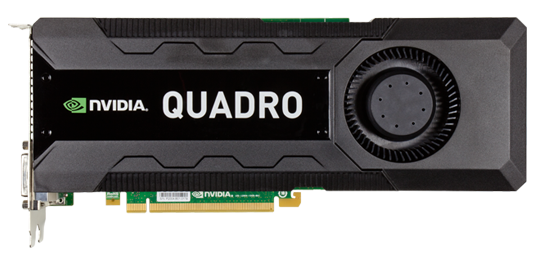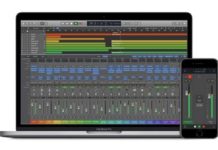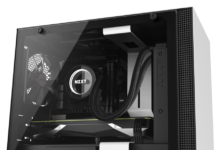
Workstation video cards, such as NVidia’s Quadro line-up, cost about 4 to 5 times as much money as consumer-end video cards (such as the GTX line-up), but what do workstation video cards offer that regular ones don’t?
They have more VRAM than consumer-end counterparts. Games don’t consume a lot of RAM; they often use simple geometry and cover it up with beautiful textures and visual effects. But 3D modeling projects often have a lot of information (i.e. the thousands of screws and planks of woods are a lot of information to take in). VRAM has ECC (error correcting code) which stops data from being corrupted for institutions. More attention is paid to quality control of parts and failure rates are generally lower. For a gamer, worst case scenario, a minor graphical glitch is mildly irritating and having to restart a game is frustrating for the short term only, but institutions using a video card for a major project cannot afford errors of any kind. Also, workstation video cards come with software drivers that make them better optimized for CAD/3D modeling applications.
Games rely more on delivering simple information at very fast speeds while workstation video cards are more focused on preserving complex information. Workstation video cards offer significantly worse gaming performance at comparable price points. For photo and video editing, a regular video card is fine; those projects are far more CPU dependent. Who are workstation video cards for? Someone first starting out in 3D modeling and a limited budget may also want a regular video card, but many professionals and institutions will want them.



